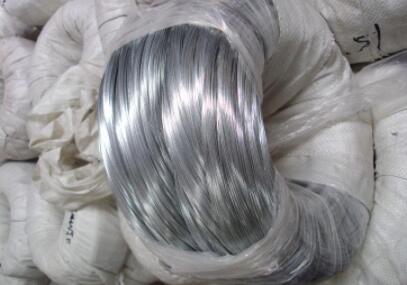Building a PVC quail cage can be a rewarding project for both hobbyists and small-scale farmers. Quails are becoming increasingly popular due to their fast growth rates, minimal space requirements, and high egg production. Constructing a cage from PVC can provide a durable, lightweight, and cost-effective solution.
Why Choose PVC?
PVC (polyvinyl chloride) is a versatile material widely used in construction and plumbing. For quail cages, its benefits include weather resistance, ease of assembly, and non-toxic properties. Unlike wood or metal, PVC does not rust or splinter, making it safe for the birds. Moreover, PVC can be easily cleaned, reducing the risk of bacterial growth and keeping your quail healthy.
Planning Your Cage
Before starting, determine the size of your cage. A standard guideline is to provide at least one square foot of space per quail. If you plan to keep a small flock, a cage measuring 4 feet long, 2 feet wide, and 2 feet high could comfortably house up to 10 quails.
Make a list of necessary materials; you’ll typically need - PVC pipes (various diameters for the frame and mesh) - PVC connectors (elbows, tees, and crosses) - Chicken wire or hardware cloth - Zip ties or clamps - A drill and saw for cutting - Optional Nesting boxes and feeding/watering containers
Assembly Instructions
pvc quail cage plans

1. Construct the Frame Start by cutting your PVC pipes to the desired lengths for the frame. Connect the pieces using connectors to create a rectangular structure. Ensure stability by reinforcing corners with additional braces.
2. Add Walls and Floors Attach chicken wire or hardware cloth to the frame using zip ties for easy removal during cleaning. The flooring can also be made from solid plastic sheets or mesh for easy waste management.
3. Create Access Points Designate a door for easy access to the quails. This can be made from a section of chicken wire or a small wooden door connected with hinges.
4. Ventilation and Lighting Ensure that your cage has sufficient ventilation and access to light. Placing it in a well-lit area can promote better egg production.
5. Finishing Touches Add nesting boxes, feeding trays, and waterers. Ensure that everything is secure and that there are no sharp edges or protrusions that could harm the birds.
Conclusion
Building a PVC quail cage is a simple and effective way to maintain a healthy environment for your birds. With this handy guide, you can create a customized space that meets the needs of your quail and suits your backyard or farm. Not only will you enjoy the satisfaction of crafting your own cage, but you'll also benefit from the delightful experience of raising quails.

















